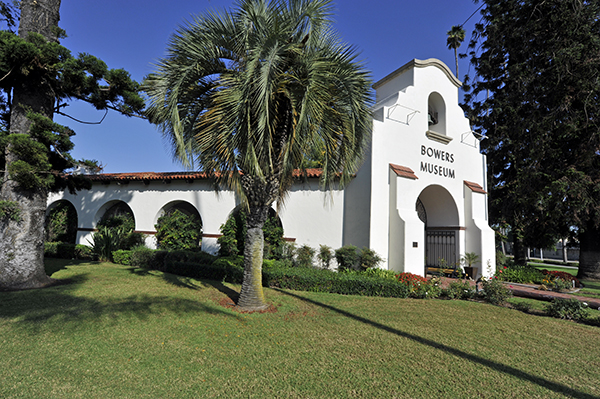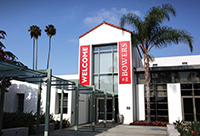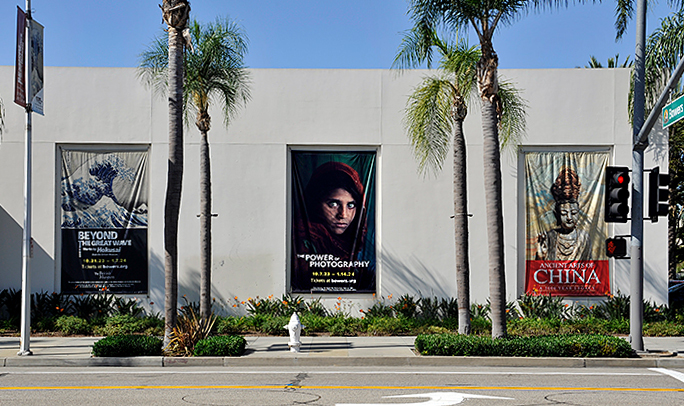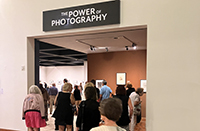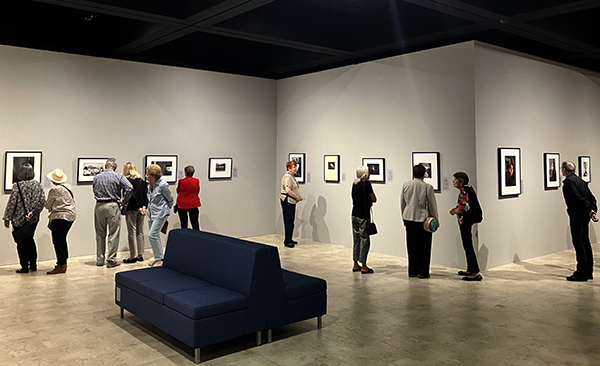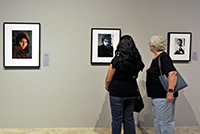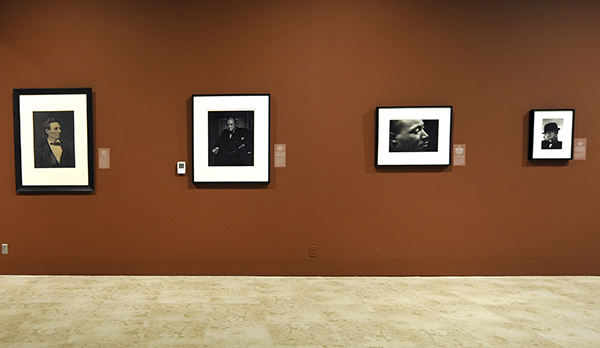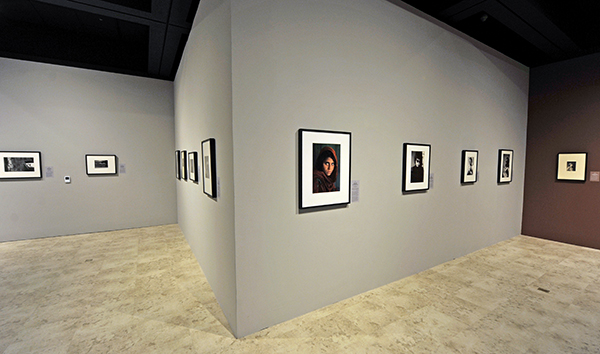New Traveling Exhibition Available
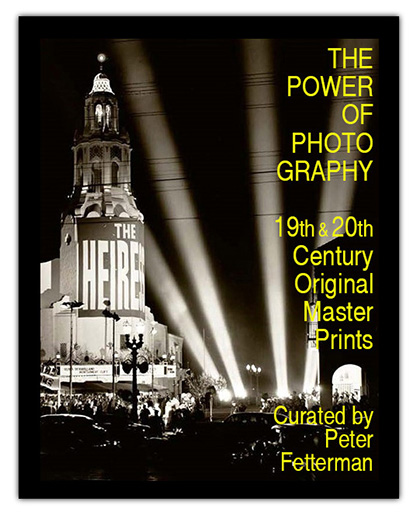
International Museum Tour
2023-2027
|
Exhibition Premieres at the
Bowers Museum, Santa Ana, CA,
October 2023

THE POWER OF PHOTOGRAPHY: 19th-20th Century Original Master Prints features a selection of 120 iconic images from120 different photographers which celebrate the photograph’s unique capacity for sensibility. The exhibition premiered recently at the Bowers Museum, Santa Ana, CA, to rave reviews and strong attendance. The exhibition next travels to the Naples Art Institute, Naples, FL, in February 2024.
“A sleeper blockbuster”.
- Sean O’ Harrow, Director, Bowers Museum
“Of all the exhibitions we have had at Bowers Museum, I cannot think of any other that so thoroughly answers the question of what it means to be human. The Power of Photography distills our whole diverse world into an exhibition. What a wonderful thing it is to see visitors get transported halfway across the planet by Henri Cartier-Bresson’s On the Banks of the Marne or Steve McCurry’s The Afghan Girl.”
- Mark Bustamante, Director of Special Exhibition Development
|

- Video Interview with Curator - Press -
- List of Works with Images and Dimensions -
- Illustrated List with Captions -
-Facts - Contact - Schedule -
 |
 |
 |
LEN PRINCE
USA, b.1953
Ford Model VIII bathing cap, New York City, 1991 © Len Prince Photography & Papers, Collection, Stuart A.
Rose Library at Emory University |
SEBASTIÃO SALGADO
Brazil, b.1944
Ashaninka, State of Acre, Brazil, 2016
© Sebastião Salgado / Amazonas Images, Courtesy of Peter Fetterman Gallery |
CHESTER HIGGINS JR.
USA, b.1946
Maya Angelou, 1970
© Chester Higgins Jr., Maya Angelou, 1970. Courtesy of Peter Fetterman Gallery |
 |
 |
 |
WOLFGANG SUSCHITZKY
Austria, 1912–2016
Charing Cross Road from No. 84
(Marks & Co.), 1937 © Wolfgang Suschitzky / Estate of Wolfgang Suschitzky
Courtesy of Peter Fetterman Gallery |
ANDRÉ KERTÉSZ
Hungary, 1894–1985
Ma rtinique, 1972
© Andre Kertész / Estate of Andre Kertész,Courtesy of Peter Fetterman Gallery |
SABINE WEISS
Switzerland, 1924-2021
La 2CV, Paris, 1957
© Sabine Weiss / Estate of Sabine Weiss, Courtesy of Peter Fetterman Gallery |
 |
 |
 |
ALEXANDER HESLER
Canada, 1823–1895
Portrait of Abraham Lincoln, 3 June 1860 Public Domain
Courtesy of Peter Fetterman Gallery |
RICHARD CORMAN 1954
Basquiat A Portrait III, 1984/
© Richard Corman , Basquiat III
Courtesy of Peter Fetterman Gallery
|
YOUSUF KARSH
Turkey, 1908–2002
Winston Churchill, 1941© Yousuf Karsh / Estate of Yousuf Karsh
Courtesy of Peter Fetterman Gallery |
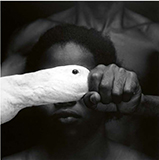 |
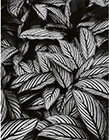 |
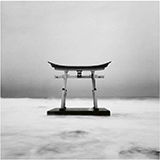 |
Mário Cravo Neto (Brazilian, 1947-2009) Odé 1985 Gelan silver prin
© Mario Cravo Neto
Courtesy of Peter Fetterman Gallery |
Don Worth (American, 1924-2009) Calathea Vittata, Oahu
1977, © Don Worth / Estate of Don Worth, Courtesy of Peter Fetterman Gallery |
Michael Kenna (English, 1953-)
Torii Gate, Study 3, Shosanbetsu, Hokkaido 2014, printed 2021
© Michael Kenna
Courtesy of Peter Fetterman Gallery |
 |
 |
 |
NEIL LEIFER
USA, b.1942
Muhammad Ali vs Sonny Liston, 1965
© Neil Leifer / Iconic Images
Courtesy of Peter Fetterman Gallery |
STEVE McCURRY
USA, b.1950
The Afghan girl, Sharbat Gula, Pakistan, 1984
© Steve McCurry/Magnum Photos
Courtesy of Peter Fetterman Gallery |
Norman Parkinson
1913-1990
Audrey Hepburn with Flowers, 1955
© Norman Parkinson/Iconic Images
Courtesy of Peter Fetterman Gallery |
 |
 |
 |
DAVID BAILEY
UK, b.1938
John Lennon and Paul McCartney
© David Bailey
Courtesy of Peter Fetterman Gallery |
WEEGEE
Ukraine, 1899–1968
Easter Sunday in Harlem, 1940
© 2023 Weegee/ICP/Getty Images
Courtesy of Peter Fetterman Gallery |
MARC RIBOUD
France, 1923–2016
Yves Saint-Laurent, Paris, 1964
© Marc Riboud / Estate of Marc Riboud
Courtesy of Peter Fetterman Gallery |
List of Photographers
Berenice Abbott
Ansel Adams
Robert Adams
Kristoffer Albrecht
Eve Arnold
George Ayres
David Bailey
Bruno Barbey
Lillian Bassman
Ruth Bernhard
Samuel Bourne
Bill Brandt
Manuel Alvarez Bravo
Dan Budnik
Wynn Bullock
Rene Burri
Cornell Capa
Paul Caponigro
Henri Cartier-Bresson
Raymond Cauchetier
William Clift
Jeffrey Conley
Ted Croner
Imogen Cunningham
Edward Curtis
Georges Dambier
Bruce Davidson
|
Martin Elkort
Elliott Erwitt
Gianni Berengo Gardin
Mario Giacomelli
Ralph Gibson
René Groebli
John Gutmann
Evelyn Hofer
Martha Holmes
Judy Glickman Lauder
Charles Harbutt
Bert Hardy
William Heick
Chester Higgins Jr.
Thurston Hopkins
Earlie Hudnall
Graciela Iturbide
Colin Jones
Yousuf Karsh
Andre Kertész
William Klein
Sergio Larrain
Lisa Law
Neil Leifer
Fred Lyon
Kurt Markus
|
Steve McCurry
Milton Miller
Sarah Moon
Carl Mydans
Mario Cravo Neto
Arnold Newman
Len Prince
Nancy Rexroth
Marc Riboud
Willy Ronis
Sebastião Salgado
Pentti Sammallahti
Jürgen Schadeberg
Steve Schapiro
Barry Schneier
Melvin Sokolsky
Louis Stettner
Wolfgang Suschitzky
John Szarkowski
George A. Tice
Sabine Weiss
Brett Weston
Minor White
Max Yavno
Roman Vishniac
Weegee
|
 |
THE POWER OF PHOTOGRAPHY
Traveling Exhibition |
THE POWER OF PHOTOGRAPHY exhibition features a selection of 120 iconic images by 120 different photographers, which celebrate the photograph’s unique capacity for sensibility. The exhibition was curated by pioneering collector and gallerist Peter Fetterman who has been championing the photographic arts for over 40 years. Fetterman runs one of the leading fine art photography galleries in the world with a special emphasis on humanist photography.
During the long months of lockdown, he exhibited one photograph per day, online, accompanied by inspirational text, quotes and poetry. This digital collection of now over 1100 images struck a chord with followers from around the world. A deluxe book featuring 120 images from the online series has been printed in Italy and published by ACC Art Books. It was a best seller on Amazon upon its release.
|
|
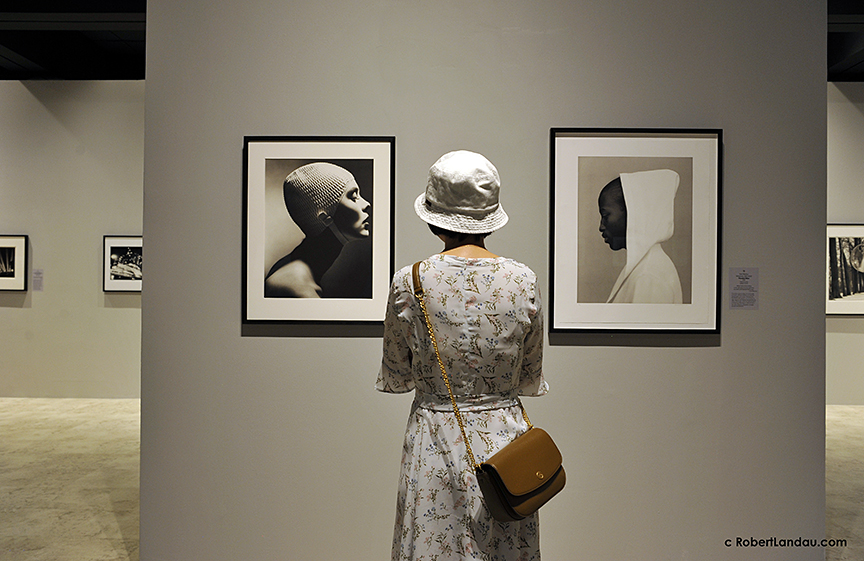
|
This exhibition presents a carefully curated selection of 120 outstanding original prints from the series, along with quotes from the photographers, and with Peter’s insightful words. These works offer an inspiring overview of the medium while paying homage to masters of the art. From the bizarre Boschian fantasies of Melvin Sokolsky to the haunting humanity of Ansel Adams’s family portraits; to the joyful everyday scenes of Evelyn Hofer; from rare interior shots by famed nude photographer Ruth Bernhard to Bruce Davidson’s wistful depiction of young men playing ballgames on a street; this exhibition gathers some of the most unique and heartening photographs from the 20th century. Each image is a time capsule, offering us a glimpse into days gone past. Yet, each photograph also speaks of tranquillity, peace, and hope for the future.
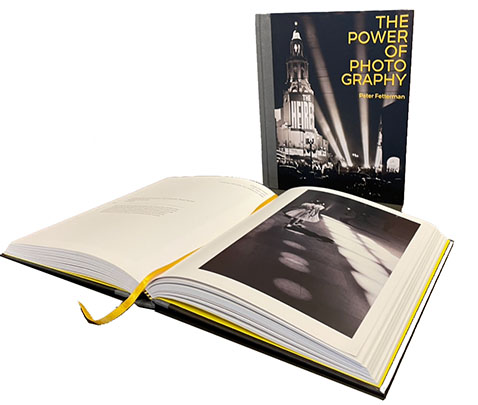 |
Born in London, Peter Fetterman, initially a filmmaker and collector, has helmed the Peter Fetterman Gallery in Santa Monica, CA, for over 35 years. He is the author of The Power of Photography which was released May 2022, published by ACC Art Books. It reached the top of the photography book besteseller list on Amazon. He is also the author of Woman A Celebration (2003) published by Chronicle Books, and Cornell Capa (2002).
The traveling exhibition will be available through 2026. The exhibition and musuem tour are being organized and managed by Photographic Traveling Exhibitions. Los Angeles, CA.
|
|
|
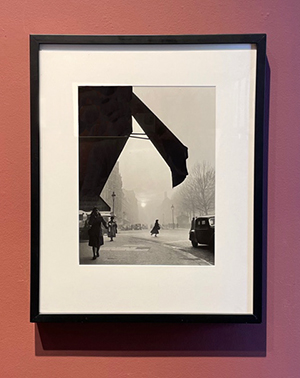 |
WILLY RONIS France, 1910–2009
Carrefour Sevres-Babylone, 1948 |
I never went out without my camera, even to buy bread.
- Willy Ronis |
I consider this image to be the best example of that special “Paris Light”, a phenomenon I always enjoy experiencing. It was taken one afternoon in 1948, near the intersection at Sevres-Babylone. Ronis had done his homework. Acquainted with his beloved city like the back of his hand, he knew what time of day offered the best opportunity for generous light, especially his preferred source, back light. The composition is perfection, with the awning on the left side of the frame and the veiled sun in front. As Ronis recounted in his notes:
“I had taken two shots with little enthusiasm and then suddenly this woman appeared out in the open. Jubilation was immediately followed by a twinge of unease, as is always the case in these delicate situations. Had I pressed the shutter at the crucial moment?”
The answer is indisputable. Of course he had. |
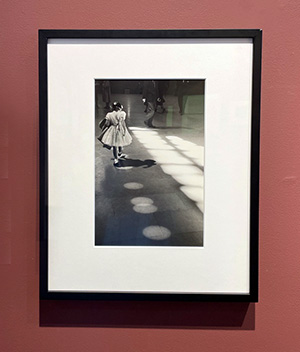 |
LOUIS STETTNER
USA, 1922–2016
Girl playing in light circles, Penn Station, N.Y., 1956 |
I photograph the world around me. This is what I feel. The joy, the love, the pleasure that is in life.
- Louis Stettner |
Stettner divided most of his creative life between New York and Paris. Brooklyn made him who he was, but Paris made him into the poet he became. It was a unique honour to visit Stettner in France. He was a true original. Tough and combative on the outside but a gentle soul on the inside, Stettner was a big bear of a man, almost biblical in appearance. The value of this image is increased exponentially by the fact that the original Penn Station is now just a memory. A moving image of a New York past. |
|
_________________________________________________________
Press Links
- LA Times - Orange County Register -
________________________________________________________
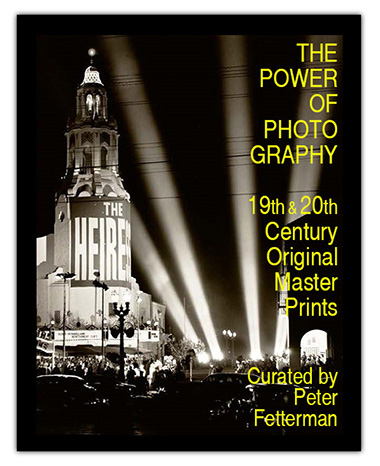
Exhibition Facts
Contents:
80 framed original vintage photographs,
120 photograph version
also available
(additional images are available for larger venues)
Introductory text panel and labels to print
- List of Works with Images and Dimensions -
Space Req:
250-350 running feet approx
Loan Fee:
Upon request
Lecturer:
Curator, Peter Fetterman is available
to present a slide lecture,
gallery talk, and for press events
- Video Interview with Curator-
Shipping & Insurance:
Exhibitor responsible
Requirements:
Appropriate security, environmental controls
Publication:
130 p Hardcover book (120 images plus text)
Published by ACC Art Books
Exhibition Website:
www.p-t-e.org/pop
_______________________________________________________________________
Schedule
Dates Available
as of 09/27/23
2023
October 7, 2023 - January 14, 2024
Bowers Museum
2024
February 9 - April 7
Naples Art Institute
Naples, FL
May 1 - August 1
OPEN
August 27 – November 17
Lauren Rogers Museum
Laurel, MS
December 7 - December 31
OPEN
2025
January 1 - April 31
OPEN
May 24 - September 1
Fenimore Art Museum
Cooperstown, NY
September 21 - December 31
OPEN
2026
OPEN
2027
OPEN
______________________________________________________________
Contact:

Tel: 310 397 3098 Email: info@p-t-e.org
www.p-t-e.org
|
|


